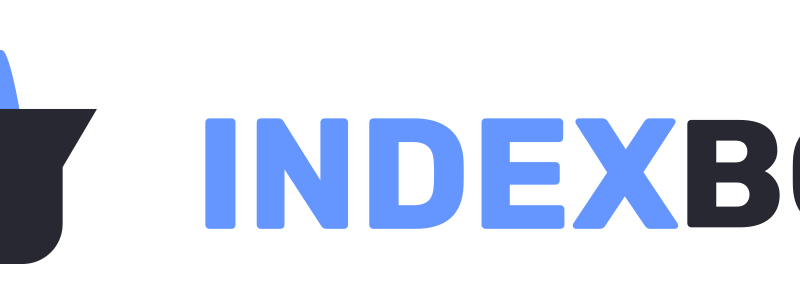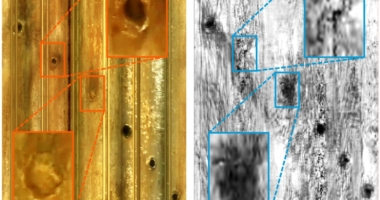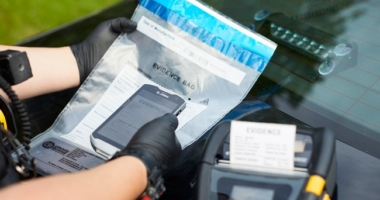Analytical laboratory instruments are crucial in various industries such as pharmaceuticals, biotechnology, environmental testing, food & beverage, and academia. These instruments help in drug discovery, development, and manufacturing processes, as well as in research for gene editing, personalized medicine, and environmental studies. Environmental testing labs rely on analytical instruments to monitor and analyze environmental samples to ensure compliance with regulations and assess the impact of pollutants. The food and beverage industry uses these instruments for quality control, safety testing, and nutritional analysis of products. Universities and research institutes also rely on these instruments for research purposes. Key subsegments of analytical laboratory instruments include chromatography instruments, spectrometers, microscopy instruments, and elemental analyzers. These instruments are widely used in genomics, proteomics, metabolomics, and cell analysis for research and drug development. They are also used in material science applications to analyze and characterize materials, including metals, polymers, and ceramics, for various industries such as automotive, aerospace, and electronics.
IndexBox, a research firm, has released a new report titled “U.S. Analytical Laboratory Instrument Market Analysis and Forecast to 2030.” According to the report, the U.S. analytical laboratory instrument market is expected to grow significantly until 2030, with a Compound Annual Growth Rate (CAGR) of 5.7%. This growth will be driven by factors such as advancements in technology, an increased focus on research and development, and a growing demand from the healthcare and pharmaceutical industries. However, there are challenges that may hinder market growth, including regulatory hurdles and a shortage of skilled professionals.
The report highlights several key growth drivers, including the increasing need for accurate and precise analysis in various industries, the rising importance of quality control in manufacturing processes, and growing demand for advanced instrumentation in drug discovery and development. The report also indicates that demand is influenced by factors such as environmental regulations, increased investment in research and development, and the need for timely and accurate diagnostic solutions.
The report covers several industries, including pharmaceuticals, biotechnology, environmental testing, food and beverage, and academia. The growth of these industries and their specific requirements for analytical instruments are expected to drive the overall market growth.
The report provides valuable insights into the size, growth, and trends of the U.S. analytical laboratory instrument market. It also highlights the largest manufacturers in the industry, including Thermo Fisher Scientific, Agilent Technologies, Waters Corporation, PerkinElmer, and Shimadzu Corporation. Additionally, the U.S. analytical laboratory instrument market can be divided into various segments based on the type of instruments, application, and end-use industries.
Overall, the report suggests that the U.S. analytical laboratory instrument market will witness robust growth in the coming years, driven by various factors. The report is available for purchase on the IndexBox website, with trial access to market data also available.
IndexBox, a research firm, has released a new report on the key segments of the analytical laboratory instrument market in the US. The report covers four main segments: chromatography instruments, spectrometers, microscopy instruments, and elemental analyzers. These instruments are crucial for industries such as life sciences, material science, and food and beverage, among others.
Chromatography instruments are used for separating mixtures into individual components, and key subsegments include gas chromatography (GC), high-performance liquid chromatography (HPLC), and ultra-performance liquid chromatography (UPLC). Meanwhile, spectrometers analyze the interaction between matter and electromagnetic radiation, enabling identification and quantification of various elements or compounds. Key subsegments include mass spectrometry (MS), nuclear magnetic resonance (NMR), and ultraviolet-visible (UV-Vis) spectrometry.
Microscopy instruments are used to visualize samples at high magnifications, providing insights into the structure and composition of materials. Key subsegments include optical microscopy, electron microscopy, and scanning probe microscopy. Lastly, elemental analyzers are used to determine the elemental composition of samples in various industries, including environmental, pharmaceutical, and material science. Key subsegments include inductively coupled plasma (ICP) analyzers, X-ray fluorescence (XRF) analyzers, and combustion analyzers.
The report highlights that the US analytical laboratory instrument market is expected to grow significantly until 2030, with a Compound Annual Growth Rate (CAGR) of 5.7%. This growth will be driven by factors such as technological advancements, an increased focus on research and development, and a growing demand from the healthcare and pharmaceutical industries. However, there are challenges that may hinder market growth, including regulatory hurdles and a shortage of skilled professionals.
In conclusion, analytical laboratory instruments play a crucial role in various industries, and the US analytical laboratory instrument market is expected to witness robust growth in the coming years. The report provides valuable insights into the size, growth, and trends of the market, as well as the largest manufacturers in the industry.
The use of analytical laboratory instruments is prevalent in various industries, including pharmaceuticals, biotechnology, environmental testing, food and beverage, and academia. These instruments are used for different applications such as drug discovery, quality control, safety testing, and environmental analysis. Key sub-segments include chromatography instruments, spectrometers, microscopy instruments, and elemental analyzers. These instruments help in the identification, quantification, and characterization of various compounds and elements in samples. The U.S. analytical laboratory instrument market is expected to witness robust growth at a CAGR of 5.7% through 2030, driven by factors such as technological advancements, increased investment in research and development, and a growing demand from the healthcare and pharmaceutical industries. Key manufacturers in the industry include Thermo Fisher Scientific, Agilent Technologies, Waters Corporation, PerkinElmer, and Shimadzu Corporation, among others.
Don’t miss interesting posts on Famousbio









